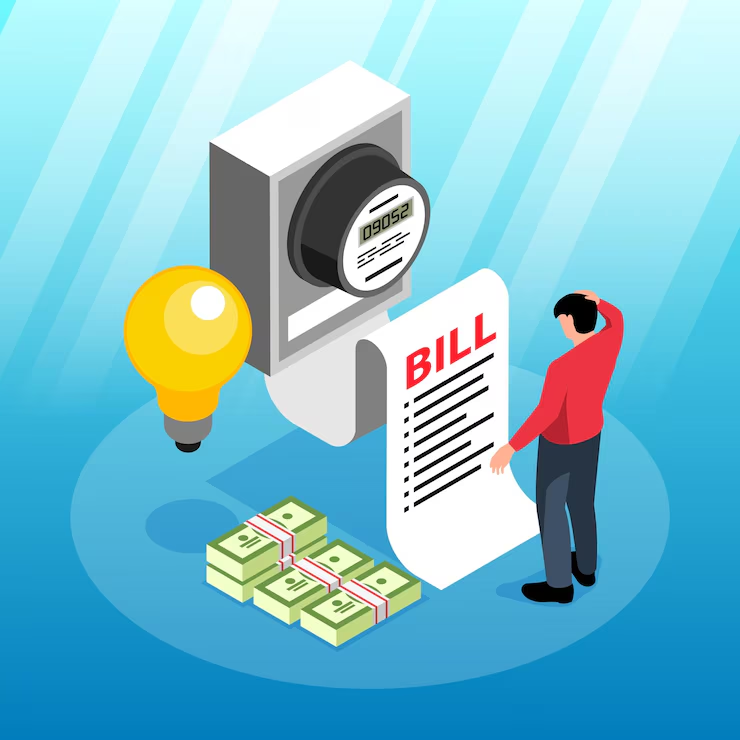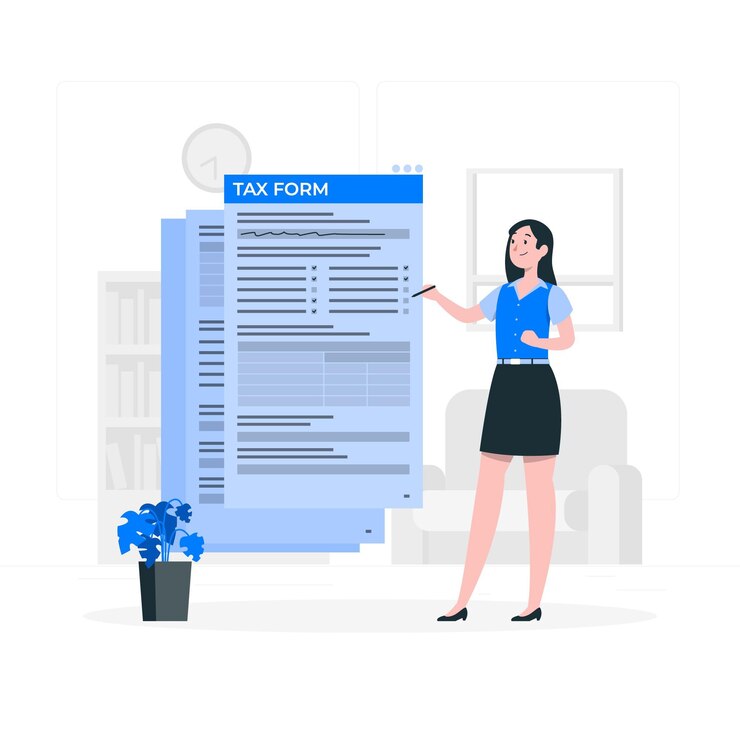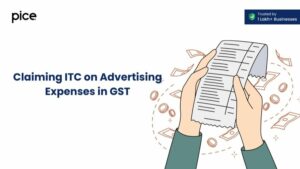How to create a composition scheme bill format?
- 20 Sep 24
- 13 mins

How to create a composition scheme bill format?
Key Takeaways
- Simplified Tax Compliance: The GST Composition Scheme offers a simplified way for small businesses to comply with tax regulations, reducing the burden of detailed compliance requirements.
- Fixed Rate Tax Payment: Composition dealers benefit from paying tax at a fixed rate on their turnover, which can lead to predictable financial planning without the complexities of variable tax rates.
- Restrictions on Business Operations: While the scheme simplifies tax payments, it imposes restrictions such as not allowing interstate sales and prohibiting the collection of tax from customers.
- Quarterly GST Returns: Unlike regular taxpayers who file monthly returns, composition dealers are required to file their GST returns quarterly, easing the administrative workload.
- Eligibility and Turnover Limitations: It's crucial for businesses to monitor their turnover to ensure they remain eligible for the scheme, as exceeding the turnover threshold requires a shift to the regular GST system, affecting billing and taxation processes.
The GST regime in India introduced the Composition Scheme as a simple and easy method of taxation for small and medium enterprises (SMEs). This scheme allows eligible businesses to pay GST at a fixed rate of turnover, simplifying the tax filing process.

Knowing the intricacies of this scheme and how it affects the billing process is crucial for compliance and optimizing tax liabilities.
What is the composition scheme?
The Composition Scheme is a tax relief measure offered under the Goods and Services Tax (GST) framework in India, designed to simplify the tax-paying process for small and medium-sized businesses.
This scheme allows eligible businesses to pay GST at a fixed rate of their turnover instead of paying tax under the normal GST rates applicable to various goods and services. It's particularly aimed at reducing the compliance burden on small businesses by simplifying the tax filing process and minimizing the paperwork required for tax submissions.
Key features of the Composition Scheme include:
- Eligibility: It's available to small businesses whose annual turnover does not exceed a specific threshold, which has been revised periodically. As of my last update, this threshold stood at ₹1.5 crore for most businesses, with a higher threshold for certain states in the North-Eastern and hilly regions of India. However, these thresholds are subject to periodic updates by the GST council, so it's important to stay updated with the latest regulations.
- Fixed Tax Rate: Under the Composition Scheme, businesses are required to pay tax at a nominal rate, ranging from 1% to 5% of their turnover. The exact rate depends on the type of business, such as manufacturers, restaurants, or traders.
- Restrictions: Businesses enrolled in the Composition Scheme face certain restrictions, such as not being able to claim input tax credit (ITC), not being able to supply goods through an e-commerce operator, and not being allowed to engage in inter-state transactions.
- Simplified Compliance: The scheme simplifies compliance procedures by reducing the frequency of returns. Composition dealers are required to file quarterly returns instead of the monthly returns required for regular taxpayers under GST.
- No Tax Collection: Businesses under this scheme cannot charge GST from their customers, meaning the tax paid under the Composition Scheme is a cost to the business.
Benefits and Limitations
The Composition Scheme under the Goods and Services Tax (GST) in India is designed with the intent of simplifying the tax regime for small businesses, reducing their compliance burden, and making the tax process more straightforward.
However, like any policy, it comes with its own set of benefits and limitations
Benefits
- Simplified Compliance: One of the major advantages of the Composition Scheme is the reduced compliance burden. Businesses need to file returns quarterly instead of monthly, which reduces the paperwork and compliance efforts significantly.
- Lower Tax Rate: Businesses under the Composition Scheme benefit from a lower tax rate, which ranges between 1% and 5%, depending on the type of business. This is substantially lower than the regular GST rates, which can go up to 28% for certain goods and services.
- Reduced Bookkeeping Requirements: Since the scheme does not allow businesses to claim the input tax credit, the need for maintaining detailed transaction records is minimized, simplifying the accounting process.
- Ease of Doing Business: For small businesses, the scheme offers a straightforward and less burdensome way to comply with tax regulations, allowing them to focus more on their business operations than on tax compliance.
Limitations
- No Input Tax Credit: Businesses enrolled in the Composition Scheme cannot claim input tax credit on their purchases, which means they cannot recover the GST paid on inputs. This could increase the cost of goods and services if the input taxes are significant.
- Restriction on Interstate Sales: Composition dealers are restricted from making interstate sales. This limitation can hinder the growth of businesses looking to expand beyond their state boundaries.
- No GST Collection from Customers: Businesses under this scheme cannot collect GST from their customers, as the tax they pay is a cost to the business. This could lead to a competitive disadvantage compared to regular GST taxpayers, who can pass on the tax to their customers.
- Limited to Small Businesses: Only businesses with an annual turnover below a certain threshold are eligible for the scheme. This restricts larger businesses from taking advantage of the simplified tax process.
- Restrictions on Business Operations: The scheme comes with various other restrictions, such as not being able to supply goods through e-commerce platforms or engage in non-taxable or exempt supplies. These restrictions can limit the operational flexibility of businesses.
Components of the Bill Format for Composition Dealer

The bill format for a composition dealer under the GST regime is designed to comply with the specific requirements set out for businesses opting for the Composition Scheme. Unlike regular GST invoices, the bill format for composition dealers does not include a detailed breakdown of the GST rates applied since they are not allowed to charge GST to their customers.
Here are the key components of the bill format for a composition dealer:
Mandatory Fields
- Business Name and Address: The name and address of the composition dealer's business must be prominently displayed.
- GSTIN: The Goods and Services Tax Identification Number (GSTIN) of the composition dealer must be included. This is a unique identifier assigned to every GST-registered individual or company.
- Invoice Number: Each bill must have a unique, sequential invoice number that is not repeated in the financial year.
- Date of Issue: The date when the invoice is issued must be clearly mentioned.
- Customer Name and Address (if registered): For registered customers, the name and address should be included, along with their GSTIN if applicable.
- Description of Goods or Services: A brief description of the goods or services being sold, including quantities, must be provided.
- Total Amount Payable: The total amount due from the customer, including the composition tax, but not showing the tax amount separately because composition dealers are unable to charge tax to their clients.
- Declaration: A declaration stating that the dealer is a composition taxpayer and not eligible to charge GST on invoices. This is typically phrased as “composition-taxable person, not eligible to collect tax on supplies.”
Optional Fields
- HSN/SAC Codes: While not mandatory, some dealers may choose to include the Harmonized System of Nomenclature (HSN) code for goods or the Service Accounting Code (SAC) for services for internal tracking and record-keeping.
- Additional Details: Contact details like phone number, email address, and website of the dealer can be added for better communication.
- Discounts: If any discounts are provided, they can be mentioned on the bill, though this is optional.
- Shipping Details: In cases where goods are being shipped, details of the shipping address and the name of the transporter can be included.
Compliance Notice
It's important for composition dealers to ensure their bills are in compliance with GST regulations. Failing to include the mandatory declaration about being a composition dealer can lead to penalties and legal issues.
Additionally, since the scheme does not allow tax collection from customers, showcasing any GST rates or implying tax collection in the bill format could result in non-compliance with GST laws.
Customizing Your Composition Bill Format
Customizing the bill format for a composition dealer can help make invoices more informative and tailored to the specific needs of the business and its customers. While adherence to the GST guidelines is paramount, there's still room for personalization within those constraints. Here's how composition dealers can customize their bill format:
What You Can Change
- Design and Branding: Incorporate your business logo, brand colors, and fonts to make the bills instantly recognizable to your customers. This strengthens brand identity and enhances professional appearance.
- Detailed Descriptions: While a basic description of goods or services is mandatory, you can opt to provide more detailed descriptions. This might include specific features, model numbers, or sizes, which can be particularly helpful for businesses selling products that require precise identification.
- Additional Contact Information: Beyond the basic contact details required, you can include more ways for your customers to reach you, such as social media handles, customer service numbers, or after-sales support contacts.
- Personalized Messages: Adding a personalized thank-you message or a custom note related to the purchase can enhance the customer experience. This could be a simple "Thank you for your business!" or information about related products or upcoming promotions.
- Custom Fields for Internal Use: You might want to add fields that are not outwardly customer-facing but useful for internal tracking, such as a space for internal codes, salesperson names, or the purpose of the sale.
What You Cannot Change
- Mandatory Fields: The GST guidelines stipulate certain information that must be present on all invoices issued by composition dealers, such as the business name, GSTIN, invoice number, and the declaration that the taxpayer is a composition dealer. These elements are non-negotiable and must be included in every invoice.
- Implying GST Charges: Since composition dealers cannot charge GST to their customers, the invoice cannot imply in any way that GST has been charged. This means avoiding any mention of GST rates or amounts that might confuse the customer into thinking they are paying GST.
- Tax Breakdowns: Regular invoices often break down the total cost into the base price plus GST. Composition bills must present a single total amount payable without showing any tax breakdown, as composition dealers pay a fixed percentage of their turnover as tax, which is not passed on to the customer.
Implementing Changes in the Composition Bill Format
Implementing changes in the composition bill format within GST guidelines involves a few key steps:

- Understand GST Requirements: Familiarize yourself with the specific requirements for composition dealers, including mandatory invoice fields and restrictions on charging GST to customers.
- Assess Current Billing: Identify what needs improvement or customization in your current billing process, focusing on areas that will enhance clarity and compliance.
- Choose Billing Software: Opt for software that allows for invoice customization while ensuring GST compliance. Features like template editing and additional functionalities can streamline operations.
- Customize Invoice Template: Design your invoice template to include your branding and any optional fields you’ve identified as valuable, such as detailed product descriptions or personalized messages.
- Test and Gather Feedback: Before full implementation, test your new format for compliance and clarity. Getting feedback from customers and your accounting team can provide valuable insights.
- Train Your Team: Ensure anyone involved in the billing process understands the new format and the reasons behind specific changes. Create guides or documentation as needed.
- Monitor and Adjust: After implementation, regularly review your invoices and be open to adjustments based on customer feedback or changes in GST regulations.
Conclusion
The Composition Scheme under GST offers a simplified tax regime for small and medium enterprises, but it comes with its own set of rules and restrictions, especially regarding invoice and bill formats. Knowing what can and cannot be changed in the composition bill format is crucial for compliance and making the most of this scheme.
💡Get started with PICE today and streamline your GST payments. Click here to sign up and take the first step towards hassle-free GST management.
 By
By 

















